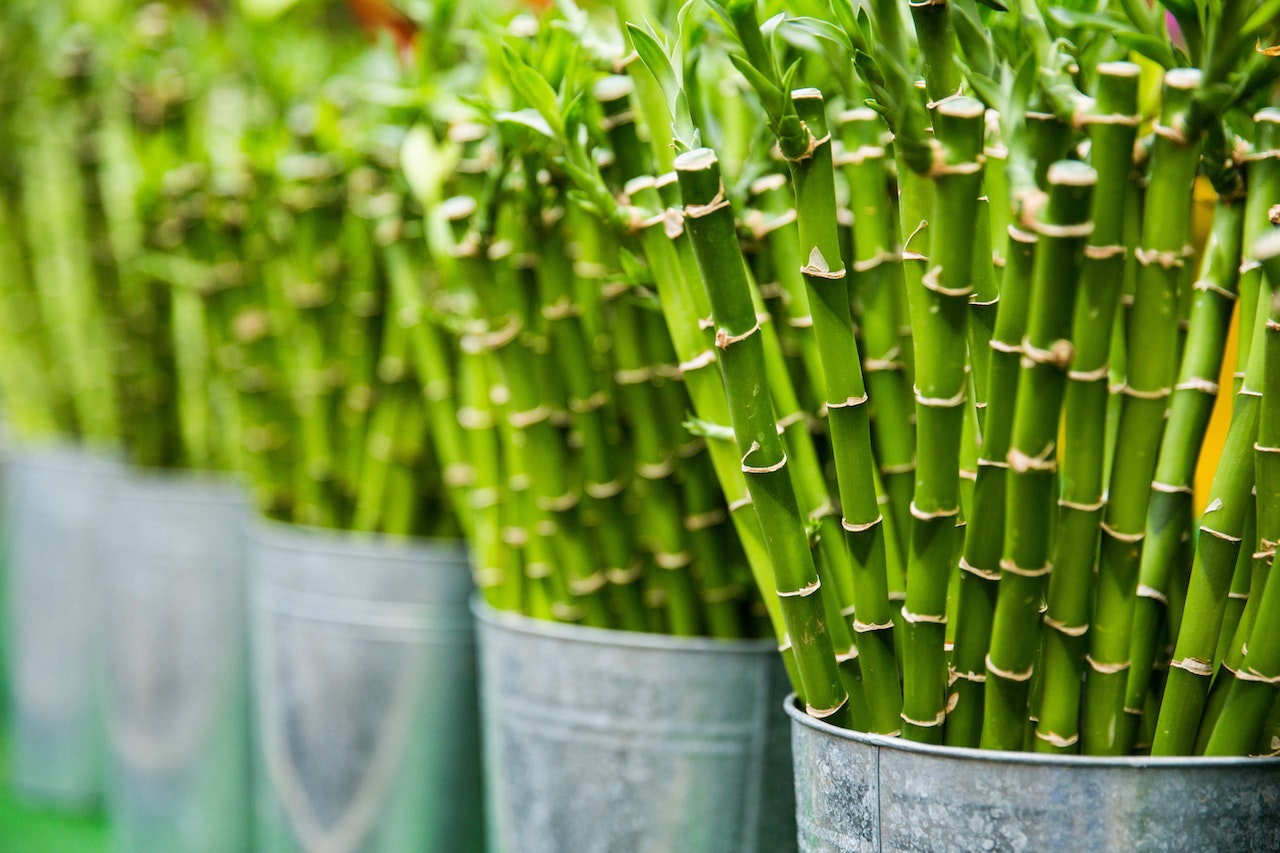The Cultural Significance of Bamboo in India: A Plant with Deep Roots in Traditions and Rituals

Bamboo is more than just a versatile and eco-friendly material. It is also a plant with deep roots in various cultural traditions and rituals in India. In this article, we’ll take a closer look at the cultural significance of bamboo in India and how it is used in various traditions and rituals.
Bamboo in Indian Culture and Traditions
Bamboo is an important part of Indian culture and traditions. It is used in the production of a variety of products, including baskets, furniture, and construction materials. It is also used in traditional medicine to treat a variety of ailments, including inflammation, wounds, and digestive issues.
In addition to its practical uses, bamboo also holds cultural and spiritual significance in India. In some parts of India, bamboo is considered to be a sacred plant and is used in traditional rituals and ceremonies.
For example, bamboo is an important part of Hindu rituals and is often used as a symbol of strength and prosperity. In some parts of India, bamboo is also used in wedding ceremonies and other important events.
Bamboo in Indian Landscapes and Gardens
In addition to its cultural significance, bamboo is also an important part of the Indian landscape. Bamboo forests can be found in many parts of the country, and bamboo is often used in landscaping and gardens.
Bamboo is a popular plant in Indian gardens due to its beauty, versatility, and easy maintenance. It is also a symbol of good luck and prosperity, making it a popular choice for gardens and landscapes.
In conclusion, bamboo is a plant with deep roots in various cultural traditions and rituals in India. It is an important part of traditional medicine and is used in the production of a variety of products, including clothing, furniture, and building materials.
Bamboo is also considered to be a sacred plant in some communities and is used in traditional rituals and ceremonies. Its cultural significance and practical uses make bamboo a plant with enduring cultural significance in India.





